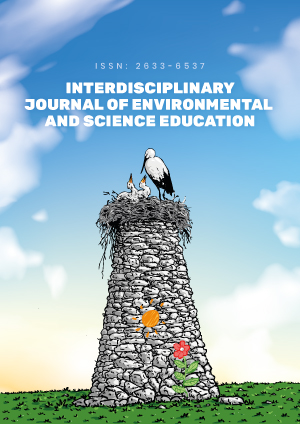Abstract
Real-life and work-related situations of the 21st century present complex problems that require graduates to possess the skills to solve problems in challenging and unfamiliar arenas. Students must therefore have the skills to deal with a wide range of problems. Unfortunately, most students struggle to apply their learning to novel problem-solving situations regardless of their self-efficacy beliefs. It appears particularly significant to investigate this phenomenon in the context of physics education. Using a mixed-methods design within a collaborative learning environment (CLE), this study investigated the factors that influence students’ self-efficacy in solving conceptual mathematical problems in physics. The primary data sources were the science problem solving questionnaire (SPSQ), the self-efficacy rating scale (SERS), and two semi-structured interview items. The results of multi-level regression and descriptive data analysis revealed students’ self-efficacy in solving conceptual mathematical problems in physics (β=.16, p<.01, SE=.065). Among all the self-efficacy variables (e.g., mastery experience, vicarious experience, physical arousal, anxiety, and gender), mastery experiences composed the largest amount of unique variance between male and female students (36% and 21%). The regression coefficient showed a significant difference between male (β=.13, p<.01, SE=.02) and female (β=.34, p<.01, SE=.07). Female students reported slightly higher levels of anxiety (3%) than male students (2%) when completing the SPSQ. In terms of physiological states, females reported 7% and males 1%. The results also showed a strong positive relationship between the instructional approach and student performance (r=.86, p<.001). One major implication of this study is that science educators could include appropriate instruction in delivering content courses to potentially support student teachers at the beginning of their science education studies.
License
This is an open access article distributed under the Creative Commons Attribution License which permits unrestricted use, distribution, and reproduction in any medium, provided the original work is properly cited.
Article Type: Research Article
INTERDISCIP J ENV SCI ED, Volume 18, Issue 2, 2022, Article No: e2270
https://doi.org/10.21601/ijese/11802
Publication date: 23 Feb 2022
Article Views: 3453
Article Downloads: 2273
Open Access References How to cite this article
 Full Text (PDF)
Full Text (PDF)